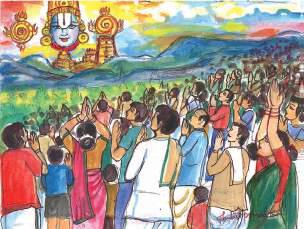Everything about Idol Worship in Hinduism A gross mind needs a concrete symbol as a prop or alambana and a subtle mind requires an abstract symbol. It is not only the pictures or images in stone and wood, that are idols but dialects and leaders also become idols.”Worship is the expression of pure devotion, reverence Read More
Ads Blocker Detected!!!
We have detected that you are using extensions to block ads. Please support us by disabling these ads blocker.

